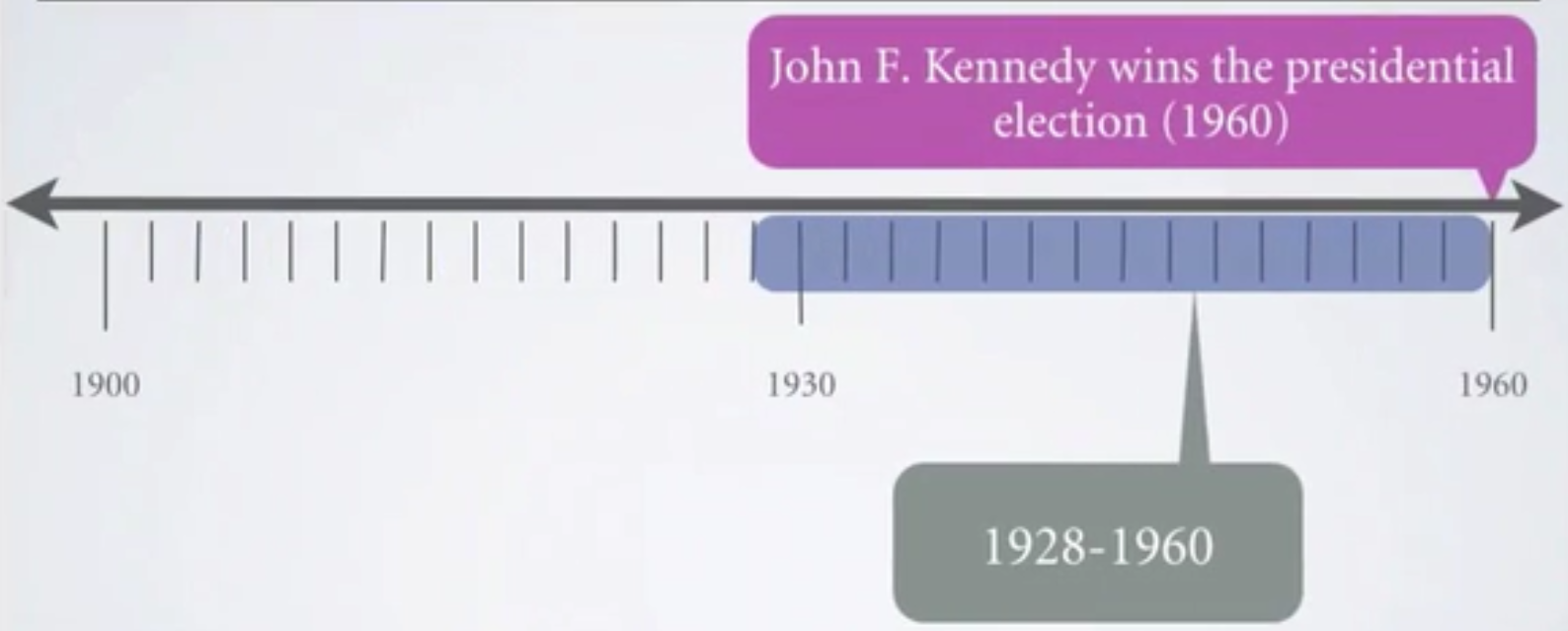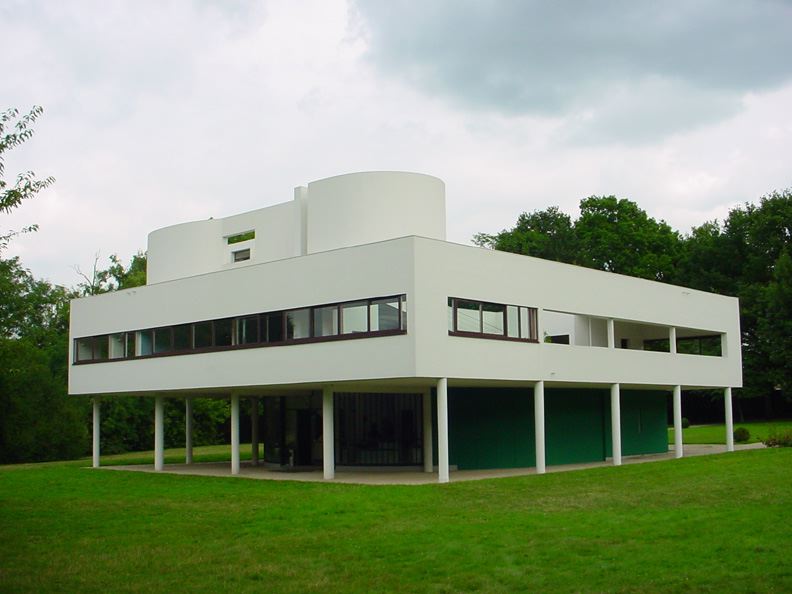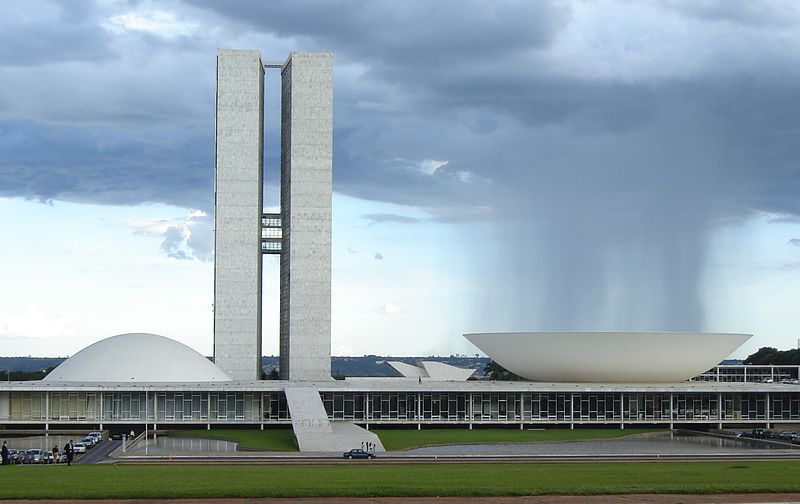Table of Contents |
The architecture that you’ll look at today dates from between 1928 and 1960.

The International Style had a philosophy that was as straightforward as the aesthetic. It was a completely modern, unadorned aesthetic that followed three basic rules:
The Villa Savoye exemplifies his idea of a machine aesthetic, or the beauty found in the functional:

1928-1931
Poissy, France
This carried over into his idea of the house as a machine for living. Form meets function, and good design maximized this relationship. The Villa Savoye is an early example of the International Style.
The building is not integrated with its site at all. It could be located anywhere. It also doesn’t impact its surroundings, a quality that Le Corbusier considered important. Instead, the thin columns elevate the reinforced concrete building, causing it to appear to levitate and open up the ground floor using structural elements called pilotis. This technique was used rather than the more popular cantilever, which typically gives an overhanging effect without the support of columns. The exterior is covered in white stucco to emphasize the lack of adornment.
The building incorporates three units that are present in almost all of Le Corbusier’s designs:
Ludvig Mies van der Rohe’s design of the Seagram Building in New York City incorporates his philosophy of less is more.
1958
New York City, New York
It’s considered a masterpiece of modern architectural design. It’s a bevy of innovations, from its exposed structural elements that function as a sort of ornamentation to its open ground level that became a public gathering place. This inspired skyscraper design in New York for years to come.
In the interest of improving humanity through design, architects and urban planners would build streamlined buildings in the middle of wide-open spaces, truly believing that this would help improve people’s lives. That model was used for many housing projects in Brasilia, but it actually had the opposite effect, increasing crime in the areas where they were located.
This Utopian ideal can be seen in the design and construction of Brasilia’s National Congress Building by Oscar Niemeyer.

1960
Brasilia, Brazil
It’s a model of horizontal lines and verticality set within an open space. The asymmetrical design maintains a visual balance by shifting the vertical towers to the left to offset the visual weight of the larger inverse dome on the far right. It’s a wonderful example of the International Style’s adaptability.
As we saw with the Villa Savoye, the building is not integrated within its surroundings but appears to float above it. Take note that while the design aesthetic may be universal, the execution definitely isn’t. Each building that’s built in the International Style is unique, as the overall form was always dictated by the intended function.
Source: This work is adapted from Sophia author Ian McConnell